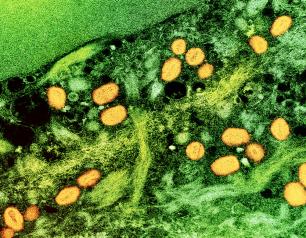NIAID supports research to understand, diagnose, and treat many of the world’s most intractable and widespread diseases. Explore NIAID research through the diseases and conditions as well as the cross-cutting disciplines and approaches below.
Filter research areas by:
Disciplines & Approaches |
All Diseases & Conditions |
Allergic Diseases |
Immunologic Diseases |
Infectious Diseases
11 Results
Autoimmune Lymphoproliferative Syndrome (ALPS)
Autoimmune lymphoproliferative syndrome (ALPS) is a rare genetic disorder of the immune system first described by NIH scientists in the mid-1990s that affects both children and adults. In ALPS, unusually high numbers of white blood cells called lymphocytes accumulate in the lymph nodes, liver, and spleen and can lead to enlargement of these organs.
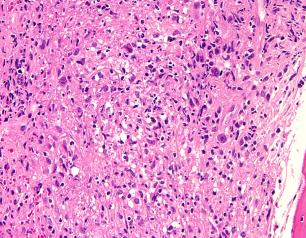
Primary Immune Deficiency Diseases (PIDDs)
Primary immune deficiency diseases (PIDDs) are rare, genetic disorders that impair the immune system. Without a functional immune response, people with PIDDs may be subject to chronic, debilitating infections which can increase the risk of developing cancer. Some PIDDs can be fatal.
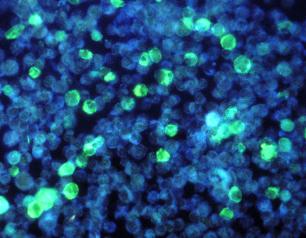
Autoimmune Diseases
NIAID-supported research seeks to understand how the immune system contributes to autoimmunity, to develop better diagnostic tools and animal models of autoimmune disease, and to identify effective treatment and prevention strategies. Unlike disease-specific research, this research approach has the potential to improve understanding and lead to treatments for many different autoimmune diseases.
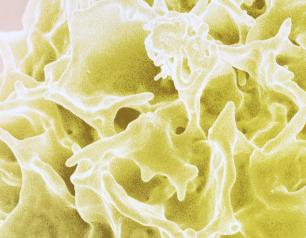
STAT3 Dominant-Negative Disease
STAT3 dominant-negative disease (STAT3DN)—also known as autosomal dominant hyper-IgE syndrome (AD-HIES) or Job’s Syndrome—results from mutations in the gene that encodes a signaling protein called STAT3. People with this disease tend to have very high levels of an antibody called immunoglobulin E (IgE), recurrent infections of the skin and lungs, recurrent bone fractures, unusually flexible joints, and inflamed skin.
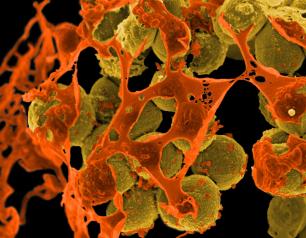
Food Allergy
NIAID is the lead institute at the National Institutes of Health conducting research on food allergy, a condition that affects approximately 8 percent of children and nearly 11 percent of adults in the United States. In a person with food allergy, the immune system reacts abnormally to a component of a food, sometimes producing a severe and life-threatening response.

HIV/AIDS
Human immunodeficiency virus, commonly known as HIV, is a virus that targets the immune system and can lead to acquired immunodeficiency syndrome (AIDS) if left untreated. HIV can be transmitted through sexual intercourse, using needles that have been in contact with bodily fluids containing HIV, and during pregnancy, childbirth, or breastfeeding—a concept known as vertical transmission.
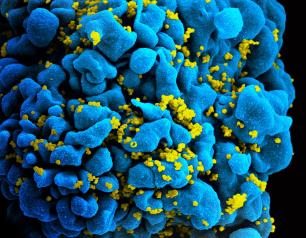
Fungal Diseases
Fungi include a wide range of organisms, such as mushrooms, molds, and yeast, that are common outdoors in water, soil and air; indoors on surfaces; and on our skin and inside our bodies. Mold can worsen breathing problems in people with allergies or asthma, while various types of fungus can infect nails and cause skin rashes.
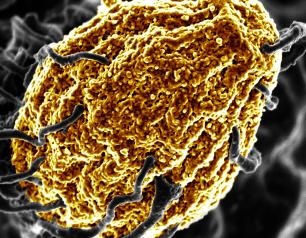
Tuberculosis
Tuberculosis (TB) is a contagious disease caused by infection with Mycobacterium tuberculosis (Mtb) bacteria. It is spread through the air when a person with TB disease of the lungs or throat coughs, speaks or sings, and people nearby breathe in these bacteria and become infected.
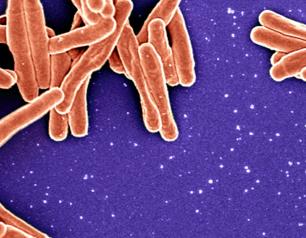
Eczema (Atopic Dermatitis)
Eczema, or atopic dermatitis, is the most common chronic inflammatory skin disease. People with eczema have dry, itchy skin that can weep clear fluid when scratched. The disease also can make people more susceptible to bacterial, viral, and fungal skin infections. Eczema is the strongest risk factor for the development of food allergy. Severe forms of eczema can substantially affect quality of life. The causes of the condition remain unclear.
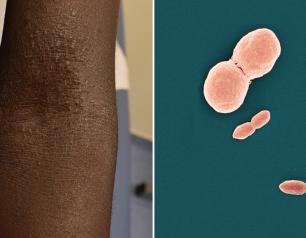
Leishmaniasis
Leishmaniasis is a parasitic disease transmitted by the bites of infected sand flies. It is found in nearly 88 countries, from rain forests in Central and South America to deserts in the Middle East and west Asia. Some cases of the disease have also appeared in Mexico and Texas. The disease takes several different forms, including the most common cutaneous leishmaniasis, which causes skin lesions, and the more severe visceral leishmaniasis (also known as kala azar), which affects internal organs such as the spleen, liver, and bone marrow.
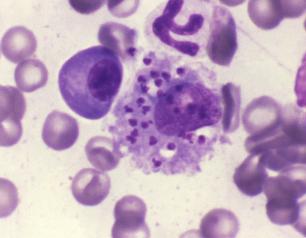
Mpox
Mpox is caused by the monkeypox virus (MPXV). MPXV is part of the Orthopoxvirus genus, which also includes variola virus (the cause of smallpox), vaccinia virus, and cowpox virus. NIAID is conducting and supporting research focused on developing and evaluating treatments and vaccines for mpox, understanding disease pathogenesis, transmission, and spillover, evaluating immunological responses to MPXV, and bolstering the critical research resources foundational to supporting the ongoing public health response.
